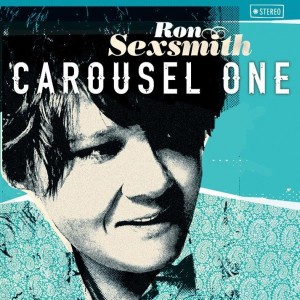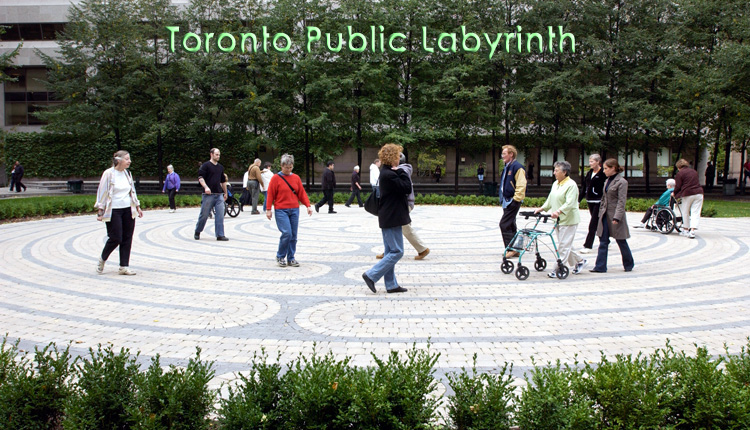“My wife and I walked the Toronto Labyrinth together today.
You could say it was a sort of co-labyrinth.”
– Ron Sexsmith
Autumn Equinox Labyrinth Walk
Please join the Labyrinth Community Network for a group walk on the first day of Autumn Friday, September 23 12:00 noon Toronto Public Labyrinth Trinity Square Park (immediately west of the Eaton Centre and south of the Church of the Holy Trinity) Medieval music will accompany us Fully accessible Braille Labyrinth on site Free of […]

